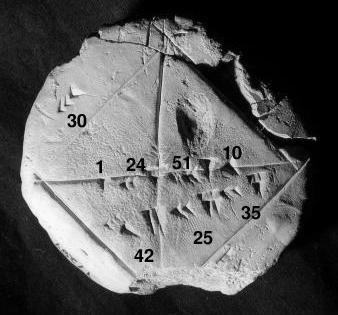|
Rational Number
In mathematics, a rational number is a number that can be expressed as the quotient or fraction of two integers, a numerator and a non-zero denominator . For example, is a rational number, as is every integer (for example, The set of all rational numbers is often referred to as "the rationals", and is closed under addition, subtraction, multiplication, and division by a nonzero rational number. It is a field under these operations and therefore also called the field of rationals or the field of rational numbers. It is usually denoted by boldface , or blackboard bold A rational number is a real number. The real numbers that are rational are those whose decimal expansion either terminates after a finite number of digits (example: ), or eventually begins to repeat the same finite sequence of digits over and over (example: ). This statement is true not only in base 10, but also in every other integer base, such as the binary and hexadecimal ones (see ). A real n ... [...More Info...] [...Related Items...] OR: [Wikipedia] [Google] [Baidu] [Amazon] |
Square Root Of 2
The square root of 2 (approximately 1.4142) is the positive real number that, when multiplied by itself or squared, equals the number 2. It may be written as \sqrt or 2^. It is an algebraic number, and therefore not a transcendental number. Technically, it should be called the ''principal'' square root of 2, to distinguish it from the negative number with the same property. Geometrically, the square root of 2 is the length of a diagonal across a Unit square, square with sides of one unit of length; this follows from the Pythagorean theorem. It was probably the first number known to be irrational number, irrational. The fraction (≈ 1.4142857) is sometimes used as a good Diophantine approximation, rational approximation with a reasonably small denominator. Sequence in the On-Line Encyclopedia of Integer Sequences consists of the digits in the decimal expansion of the square root of 2, here truncated to 60 decimal places: : History The Babylonian clay tablet YBC 7289 (–1 ... [...More Info...] [...Related Items...] OR: [Wikipedia] [Google] [Baidu] [Amazon] |
